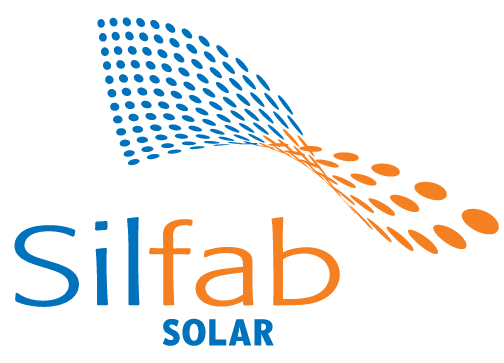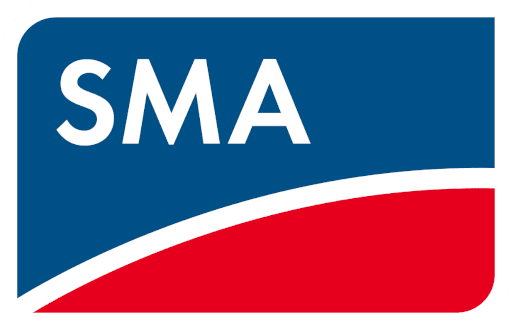New IREA Charge for Solar Power Customers
The Intermountain Rural Electric Association (IREA), Colorado’s largest rural energy co-op, recently announced that they will institute a new charge for residential customers using solar panels on their homes. The co-op serves about 145,000 customers spread across parts of Adams, Arapahoe, Douglas, Elbert, and Park counties, which accounts for a large swath of the Denver metropolitan area. The new charge is described as a form of demand charge and has significant implications for solar panel customers within the service area.
So, what exactly is this new charge? IREA describes it as a “Load Factor Adjustment (LFA)”, which is similar to demand charges that are commonly used with large users of electricity. Demand charges are often applied to large users of electricity, which mostly include commercial and industrial interests. Because these entities sometimes require additional energy for their operations, the electric utility must maintain the capacity to provide electricity to them at all times. Often, this requires the utility to maintain capacity above the base demand, which necessitates additional infrastructure and maintenance. Demand charges allow the utility to share the costs of this infrastructure with the companies that require the additional capacity.
The recently adopted LFA is designed to apply the principle of a demand charge to solar customers. Utilities across the country have been struggling to cover the costs of service as solar power gains popularity. Solar power customers usually have a low average power usage because the solar array is able to generate a large proportion of the home’s energy. However, when the panels are not producing sufficient electricity the homes require power from the grid. When this happens, usage levels spike nine or 10 times above their average levels. This spike can severely strain the utility’s infrastructure. The new LFA is designed to help cover the stand-by capacity the utility needs to meet peak power demand for its customers.
Unfortunately, many in the solar industry feel that the new charge is overly confusing and will limit the adoption of new solar systems beyond the end of the year. Because the LFA is a demand-based rate, it will be much more difficult for solar installers to accurately estimate cost savings for solar customers. Because the cost savings from solar are a major selling point for new customers, some industry experts believe the difficulty in describing the savings will negatively affect sales of solar panels in IREA’s service area.
The new charge is believed to be the first of its kind in the country and will be effective beginning on December 31, 2015. The charge could add between $20 and $24 to the monthly utility bill for IREA’s solar customers. IREA currently has about 650 solar customers, about two percent of the total customer base, but projections anticipate the number of solar systems to approach 1,000 by the end of 2015. The charge will apply to all new residential customers, but will mostly affect those who install solar panels after December 31.
The LFA is intended to help cover the costs of supplying electricity to solar customers at night, but is being interpreted by some as anti-solar. It will be interesting to see how the new charge affects new installations and if similar charges are adopted by other utilities both in Colorado and around the country.










